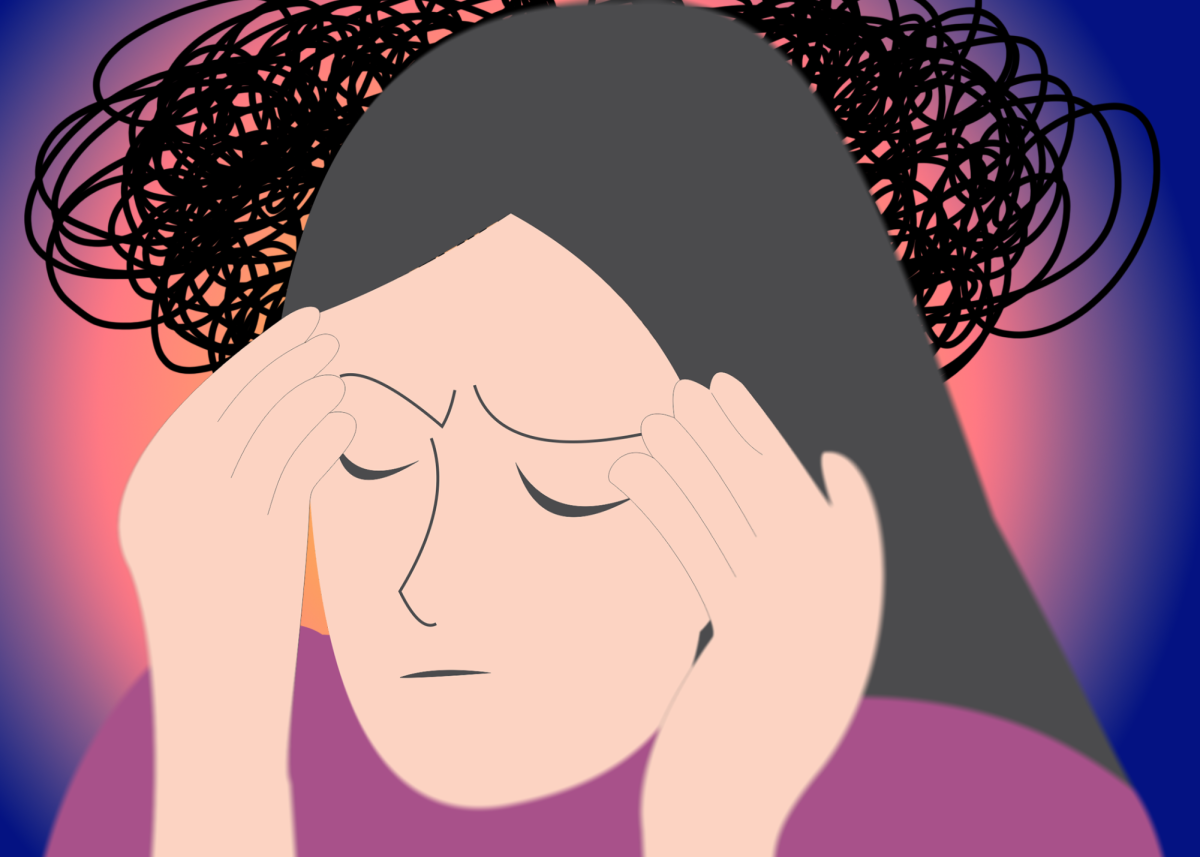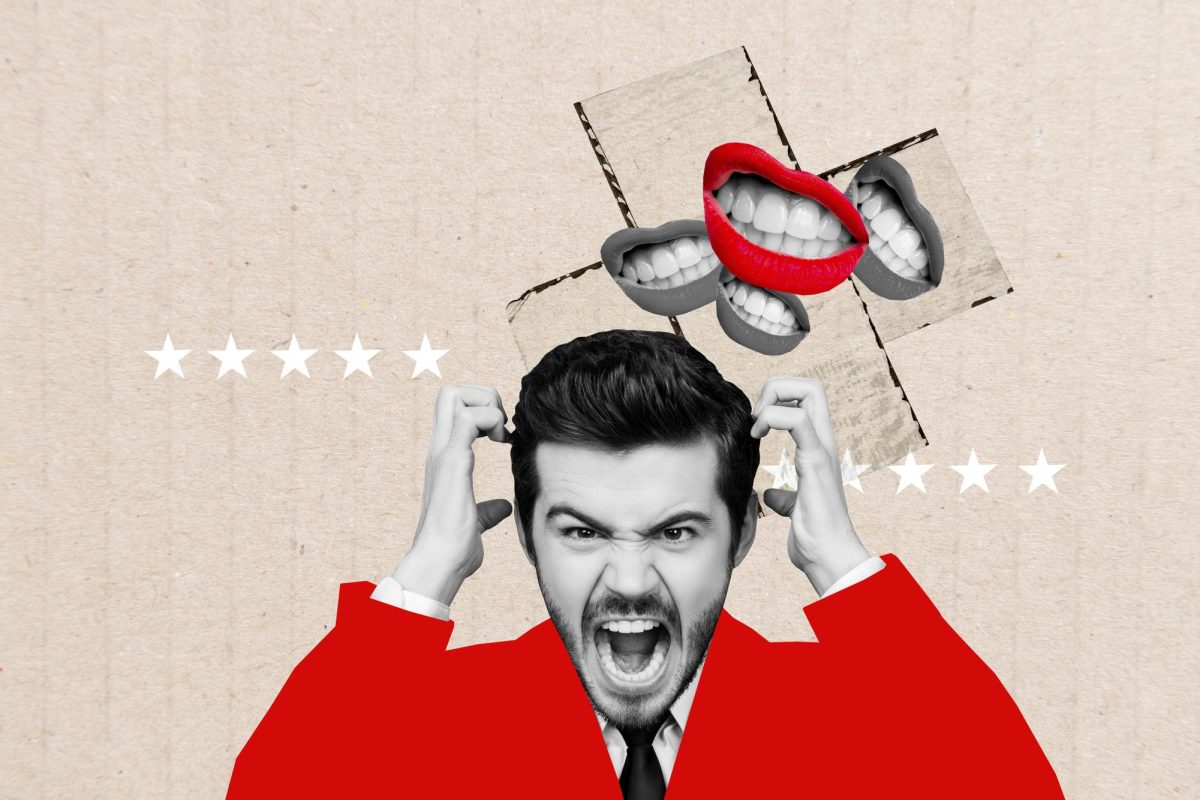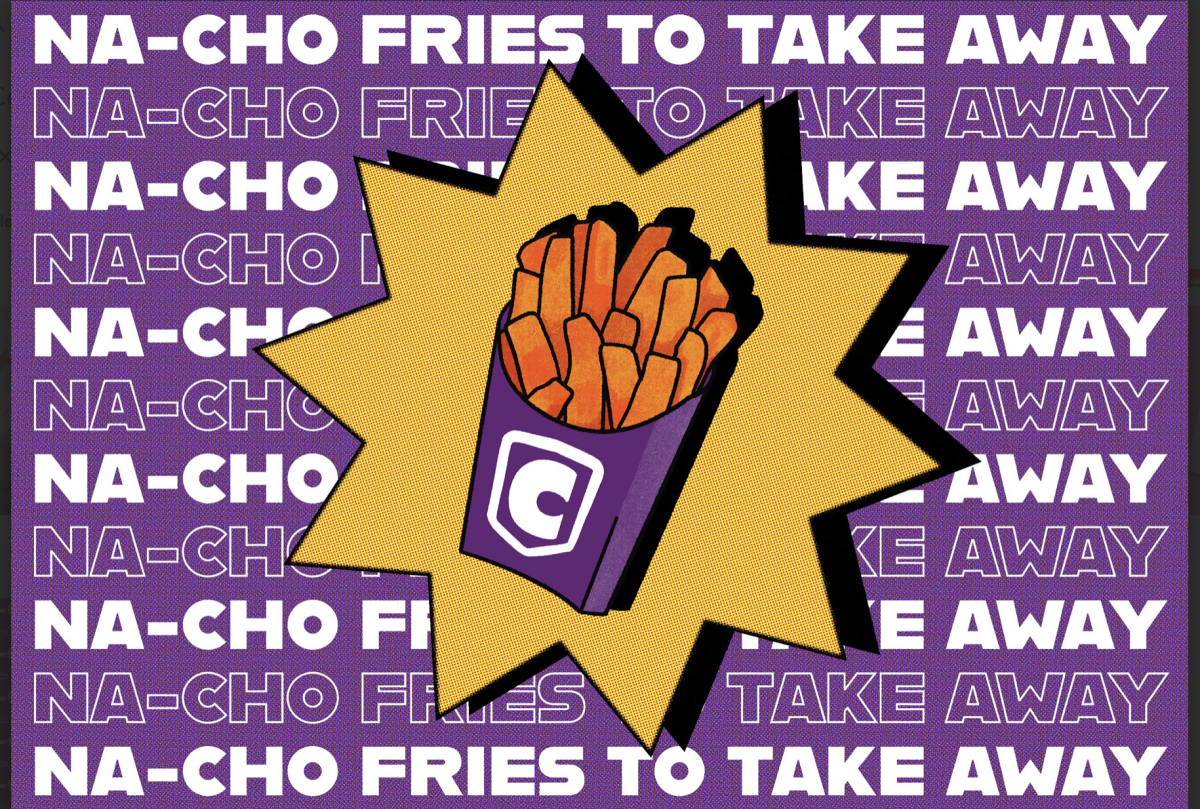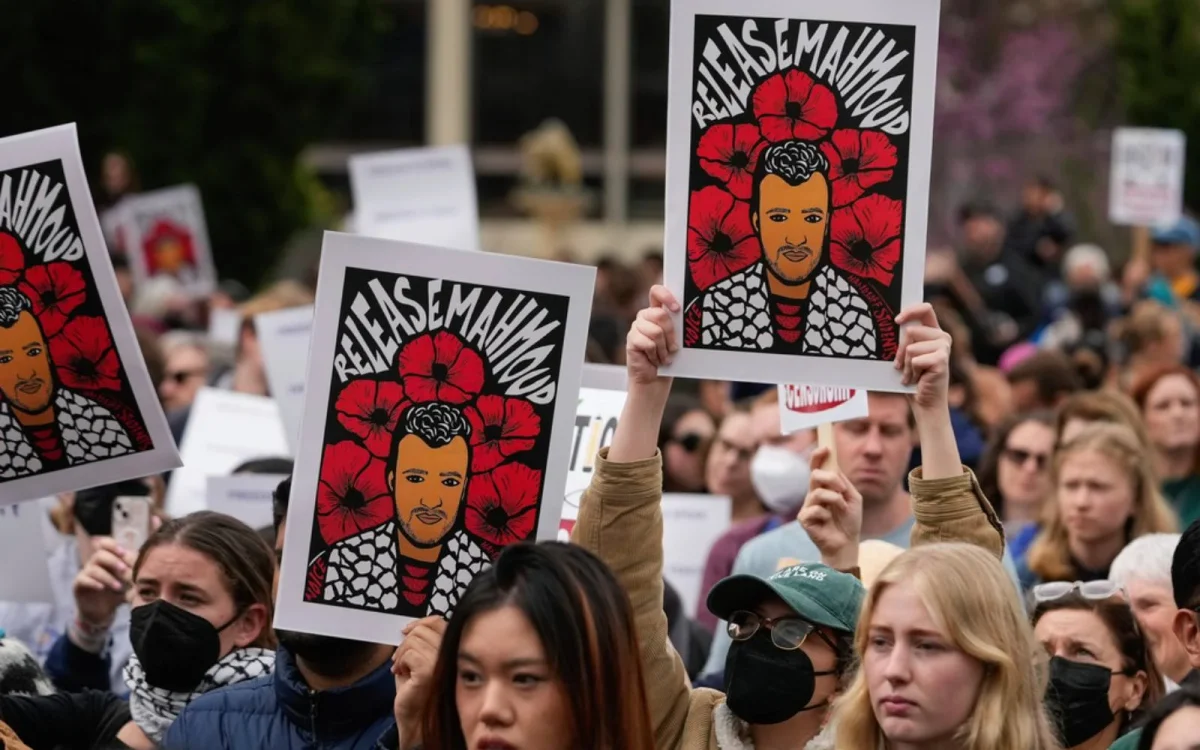I can’t think of anyone who enjoys dealing with COVID-19. We’re tired of hearing about it, we’re tired of the prevention measures and we’re just tired of the whole topic. Unfortunately, the virus isn’t done with us.
At the start of my summer vacation, I got the worst case of COVID-19 ever since the start of the pandemic in 2020. Instead of taking relaxing dips in the pool, I was drowning in NyQuil.
COVID-19 isn’t going away, and it isn’t as harmless as we’d like to believe. We’d like to think that it’s no big deal because it’s not as deadly as it used to be. But that doesn’t mean the symptoms aren’t getting worse and the recovery isn’t getting longer.
I consider myself a very healthy person, and still I was sick for a month. Even after I recovered from the worst of the symptoms, the cough and fatigue lasted even longer.
The real question you should be asking is: What symptoms don’t the new COVID-19 variants have? The U.S. Centers for Disease Control and Prevention identified the long laundry list of symptoms that derails what we thought we knew about the disease:
- Fever or chills
- Cough
- Shortness of breath or difficulty breathing
- Sore throat
- Congestion or runny nose
- New loss of taste or smell
- Fatigue
- Muscle or body aches
- Headache
- Nausea or vomiting
- Diarrhea
You may look at this and think you only get 3-5 symptoms at a time, but I had every single one.
Thankfully, data from the World Health Organization shows that fewer people are dying from COVID-19 than in the early days of the pandemic. As of the week of August 18, 2024, 997 deaths were reported, a decrease from the estimated 1,700 deaths reported during the same period last year.
While the numbers show that COVID-19 regulations are continuing to improve, it sure didn’t feel like I walked away without lasting scars. This is still a dangerous virus that seriously threatens at-risk individuals. It still has the power to make even healthy people very sick.
The first week of my 6 week recovery was painful. I had a sore throat that made even my favorite comfort foods dreadful to swallow. The headaches were pounding away at every slight turn of my head or any light that threatens to peek through my curtains. My nights weren’t any better. There was only so much Advil could do for my pain when I would still get the chills every night despite never being able to stop sweating.
This would go on for days until I would get a break from the restless sleep and drink steaming hot tea in the middle of June.
I feel much better now, but I learned an important lesson: I need to continue to get updated vaccinations and boosters. I need to protect myself and others when I’m around large crowds.
What makes me mad is that I had no warning. Local media didn’t cover the summer COVID-19 wave until it was too late. I had to search the internet to find reports from Los Angeles and San Francisco that provided the information about it.
The Los Angeles Times was one of the firsts to identify this summer sickness as the FLiRT variant. Wastewater testing showed extremely high levels of COVID-19 throughout the West Coast.
The virus was surging and local media either ignored it or refused to cover it. The topic is simply not popular.
I know what you’re thinking: you’ve already had COVID-19, and it wasn’t that bad. You have natural immunity. You’re not an at-risk individual. You don’t want to hear about it anymore.
I can relate, because I felt the same way. But COVID-19 still sucks, even for healthy people, and it can still make you very sick.
I know I’d like to get that month back from my summer.
Do yourself and everyone else a favor. Get the new vaccine that’s coming out this Fall. Protect yourself in high-risk circumstances. Get tested if you’re sick. Do the right thing.
Trust me, you still don’t want to get COVID-19.

















Ella • Sep 16, 2024 at 10:58 am
Great article however you fail to mention the best way to prevent COVID is by wearing an N95. You also don’t mention the risks of long COVID with multiple infections. There is no mild COVID and the after effects are what people should be concerned with even with asymptomatic infections. Brain, organ and cardiovascular damage are the tip of the iceberg.